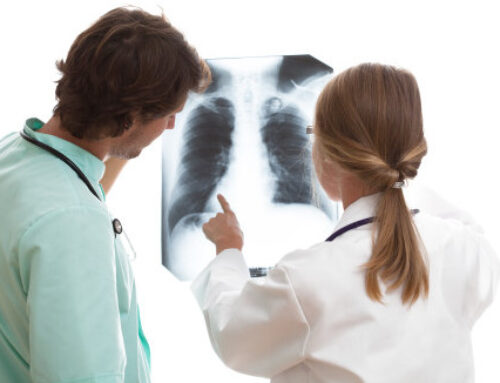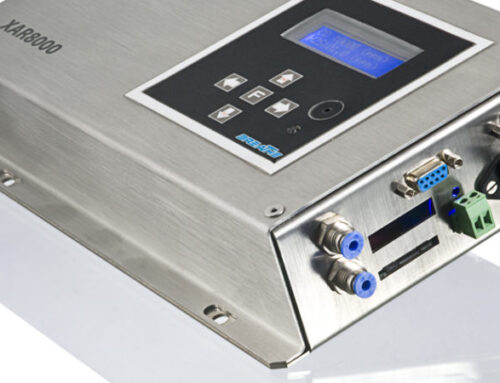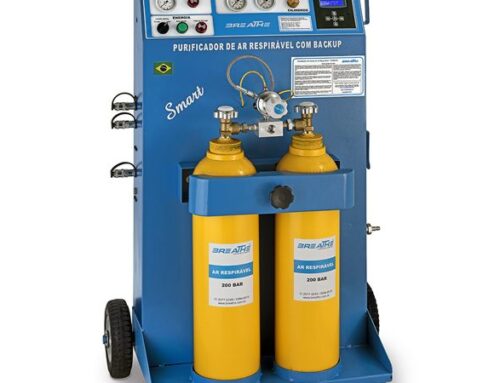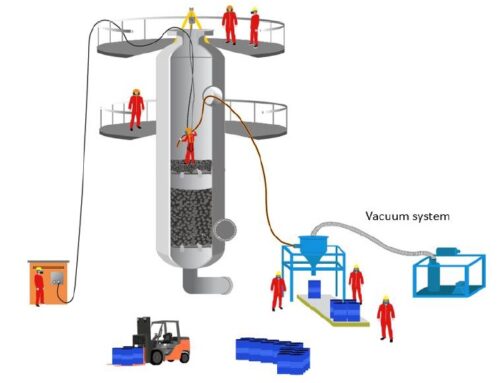Cascade system
Cascade system. The cylinders of the autonomous breathing sets can be filled in two ways:
● The first is through high pressure compressors for this purpose. They are special compressors developed to store air in the cylinders through 2 or more stages of compression.
● The second way is through a cascade system.
It is a technique used to fill the cylinders of the autonomous breathing set easily and quickly. In the cascade system, the air from one or more cylinders, with a capacity greater than the cylinder of the autonomous assembly, are connected in series to it, pneumatically, and when the equipment’s valves are enabled, air flows from the cylinder with greater pressure to the cylinder with lower pressure (therefore cascade) until the pressures equalize. From that point there is no more gas exchange, the pressures remain unchanged and the cylinders of the self-contained breathing apparatus are loaded.
It can be fixed, mobile stations or embedded in fire brigade units for example. Generally cylinders have capacities ranging from 30 to 50 liters. Storage pressures are the same as for autonomous breathing equipment, but the total volume is higher.










